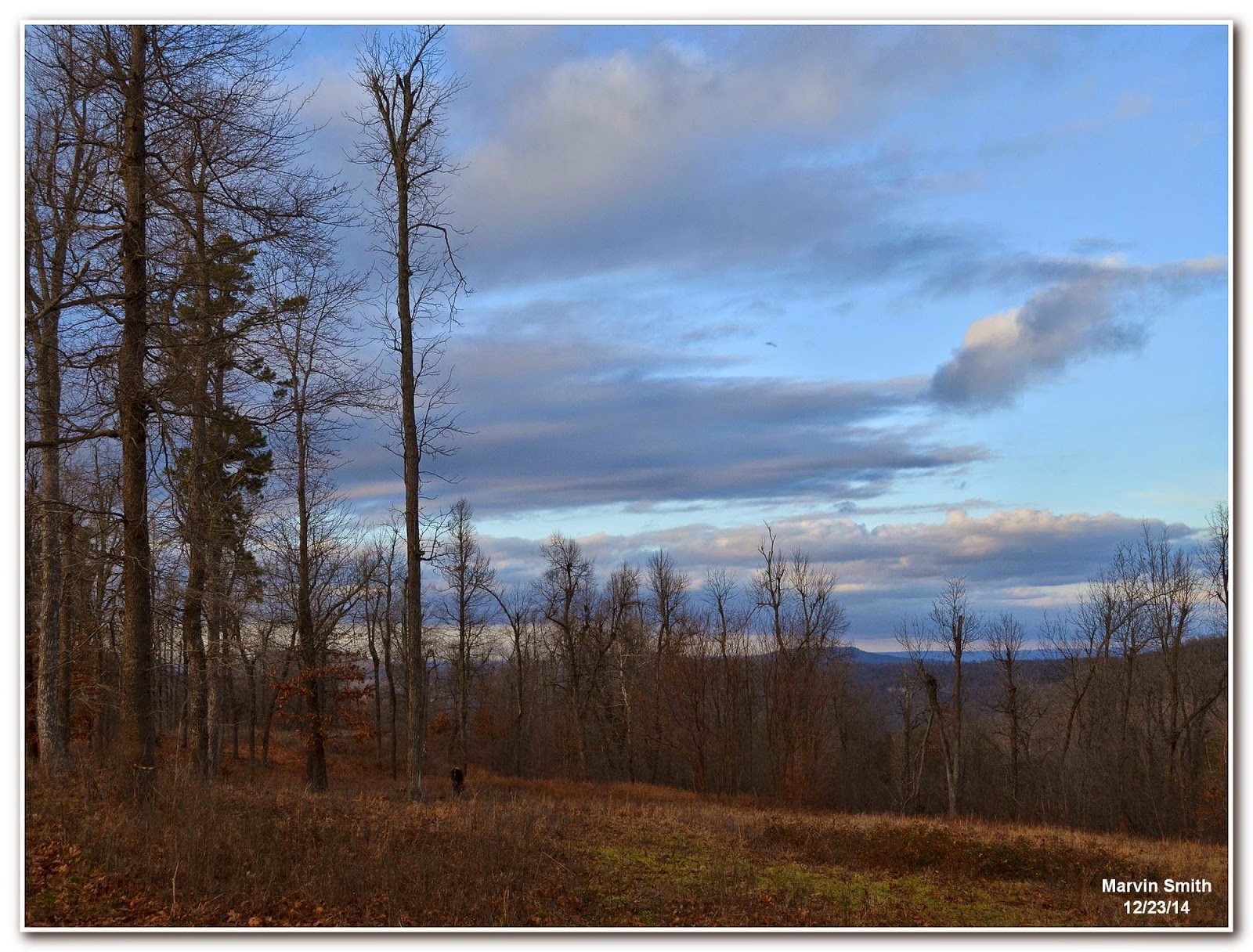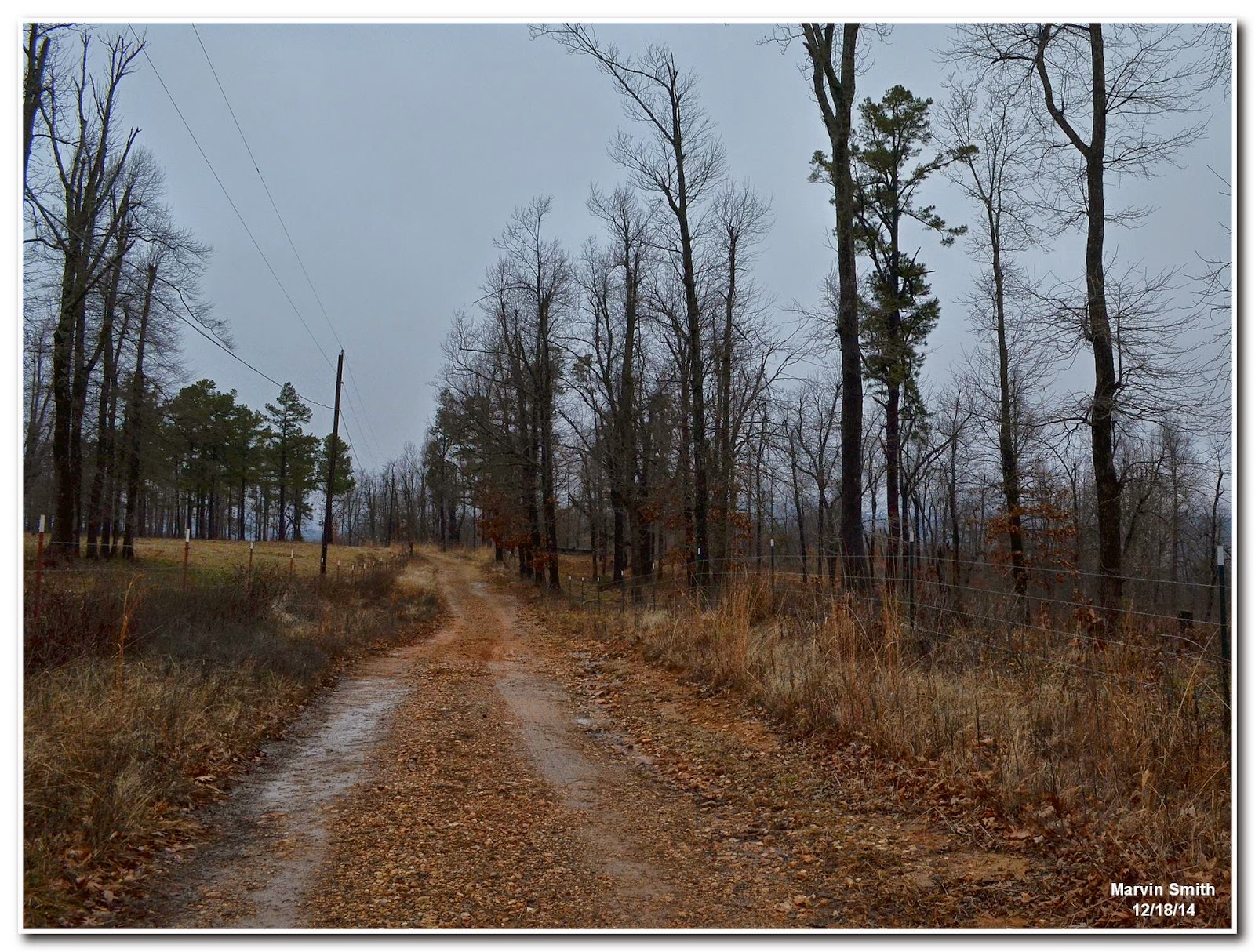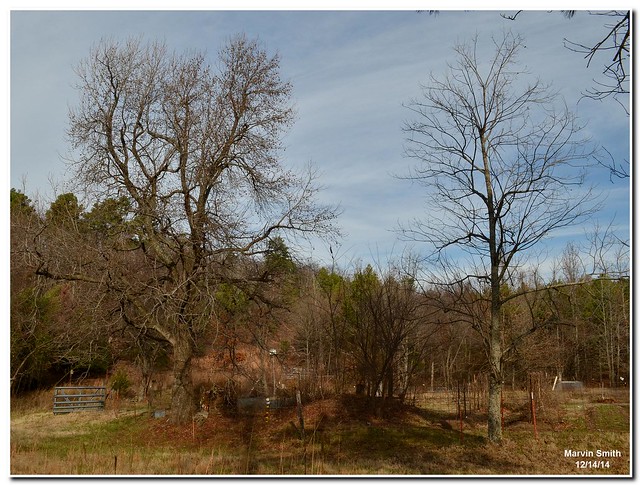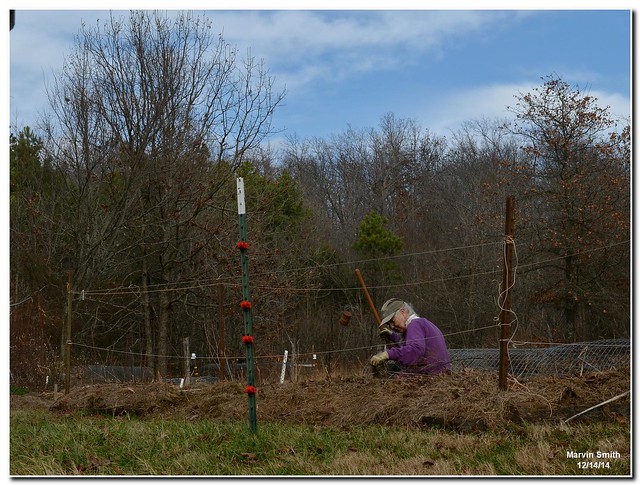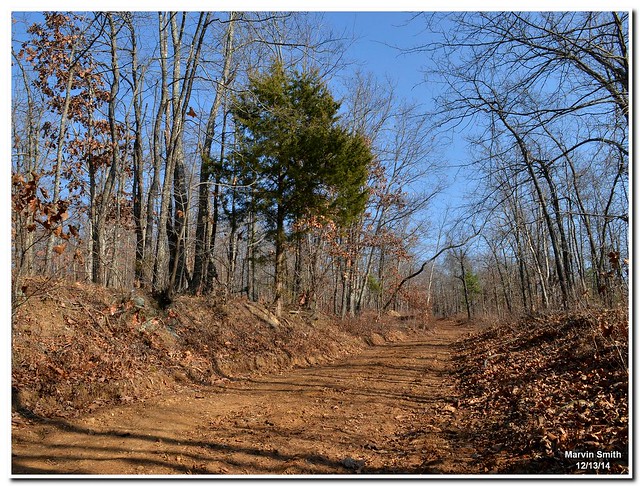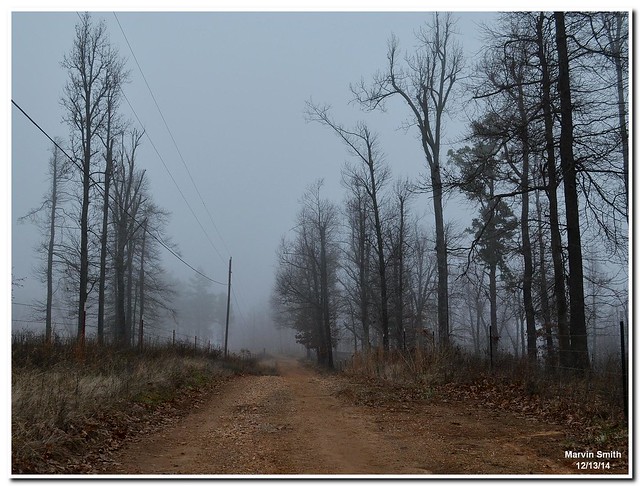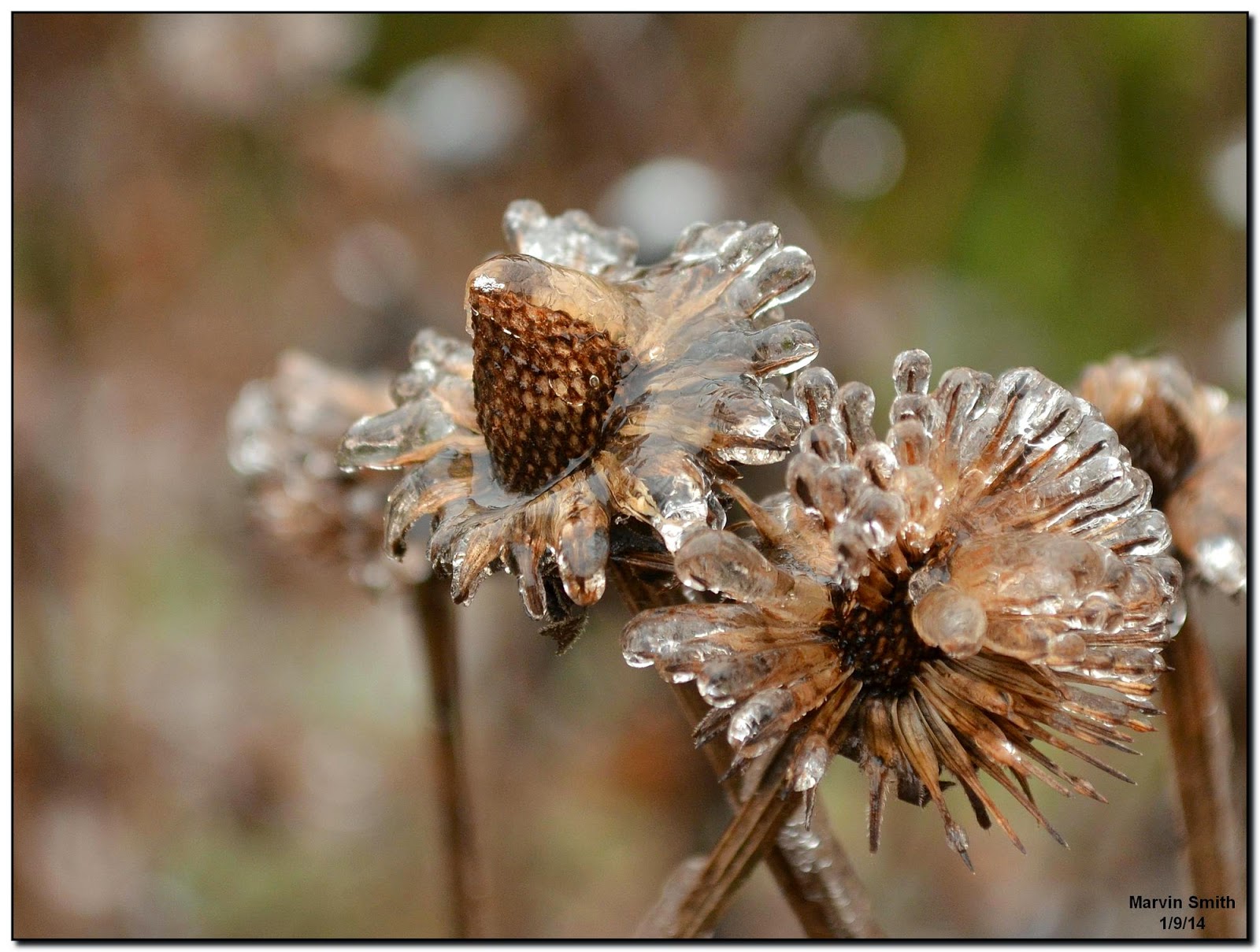Eastern Hognose Snake (Heterondon platirhinos)
Also sometimes known as: Blowing Adder, Death Adder, False Cobra, Hissing Adder, Opossum Snake, Puff Adder, Sand Viper, Spreadhead and Spreading Adder.
Description: Herps of Arkansas calls the Eastern Hognose "one of the most variably colored and patterned snakes found in Arkansas." This statement probably holds true for most states. It can be black, brown, dark olive, yellow, or red. Some individual are highly pattered while others are solid colored.
Food: All sources agree that a Hognosed Snakes eats toads. The upturned snout which gives Heterondon platirhinos its name is used for digging up buried toads. Likewise, fangs at the rear of its jaw (photo) are used for puncturing ballooned toads so they can be swallowed whole. Some sources say a Hognose has a more varied diet that also includes frogs, salamanders, insects, worms, and newts. Others say it eats toads almost exclusively. Diet may vary depending upon location.
A Hognose is considered non-venomous, although some researchers claim its saliva contains a mild venom that will effect small amphibians. Regardless, a Hognose is harmless to humans, especially since it almost never bites.
Range: The eastern half of the United States from southern Florida north to central New England and west to Texas, the Great Lakes Region, and some regions of southern Canada.
Habitat: Many sources indicate that Hognose Snakes prefer woodlands with sandy soil usually near some type of water source. However, I tend to agree with Herps of Arkansas: "This species can be found in a variety of habitats, especially where there is an abundant population of frogs and toads." Our place is mostly rocky hills and water can be scarce in summer, but Hognose Snakes have no problems living in these conditions.
Defense: Like almost all wild critters, a Hognose Snake's first line of defense when confronted by an animal too large to eat is usually escape. The top photo shows this Hognose attempting to crawl off into the weeds when I first found it crawling across our road. However, if it cannot escape, the Hognose has one of the strangest defense strategies I've ever encountered. It will first flatten its neck and hiss loudly. If the source of harassment comes too close, the snake makes striking movements, but these false strikes are usually closed-mouthed and often made away from the harasser.
If this cobra-like display fails to intimidate, a Hognose usually proceeds to part two of it's act which is playing dead. It deflates and writhes about for a few seconds while excreting and covering itself with a foul smelling musk. It then flops onto its back with its mouth gaping open. The Hognose remains completely motionless until the source of harassment is gone. If turned upright, it will immediately flop back onto its back and return to its dead-snake routine.
I've provoked several Hognose Snakes into their dead-snake routine, but not his one. After a few minutes I decided it was time for me to stop bothering the snake and let it go on its way. If you want to see a photo of a Hognose playing dead, there is one here.
(Previous Eastern Hognose post here. Same text with photos of a different snake.)
.

Eastern Hognose Snake (Heterondon platirhinos)













